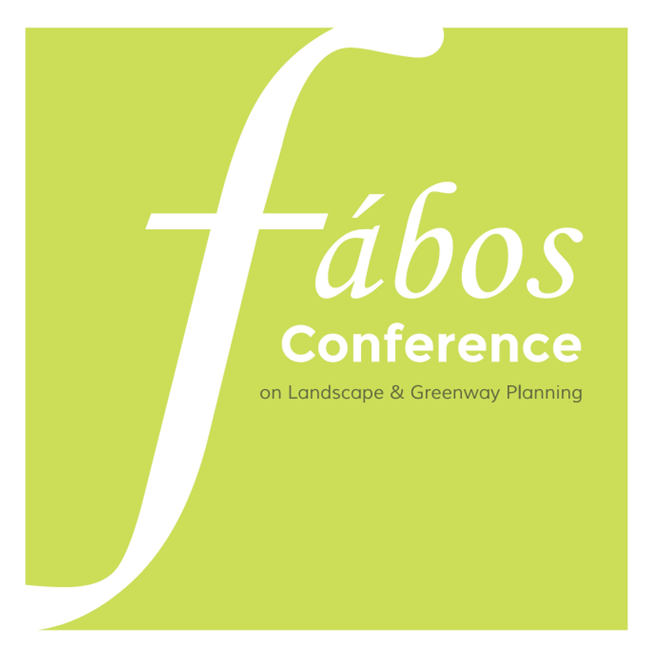Spatializing Multispecies Entanglements in the Andes-Appalachian Range
Abstract
Through a globally pervasive industrial agricultural model, farms undercut complex cultural-ecological relationships that human and more-than-human beings require to thrive. Given that half of global habitable land is dedicated to agriculture, designers and policy makers must tackle how agricultural practices can better support endemic and migrating wildlife populations. These working landscapes are critical as anthropogenic climate impacts exacerbate the need for wildlife to find temperature refugia, shelter, and food across local and global spatial scales. Land use pressures have contributed to unprecedented biodiversity loss for a range of vulnerable plant, wildlife, and fungi populations. Notwithstanding our observations of disappearing populations and landscapes, climate change policy and resources are geared around economic and technological, rather than spatial, interventions. My research focuses on the Pan-American 'greenway' connections between the Colombian Andes and the southern Appalachians, both of which are biodiverse hotspots and important migration nodes for the neotropical Golden-winged Warbler. I aim to explore how landscape planning and design can benefit both humans and wildlife in the face of climate change and biodiversity loss.
Neotropical migrating birds, such as the Golden-winged Warbler, reside in Colombia’s Andes Mountain range throughout most of the year and breed in southern Appalachia during the northern hemisphere summer season. Despite market pressures fuelling sun-grown agricultural monocultures, this project profiles farmers working closely with other beings, such as birds, insects, and ally plants, to support their livelihoods. Through interviews with Colombian farmers growing ecological coffee and southern Appalachian farmers practicing conservation strategies, I aim to visually catalogue farms working symbiotically with ecological systems. Partnering with local nonprofits in Colombia, such as the Smithsonian Bird-Friendly program and Paisajes Sostenibles, an initiative of the American Bird Conservancy, I will compare two Colombian coffee-growing regions that practice a spectrum of strategies, from shade-grown coffee to live fencing. In Appalachia, I am partnering with the Southern Appalachian Highlands Conservancy to interview farmers and landowners that are making room for other beings, such as the Golden-winged Warbler.
The gradient of strategies presented at the conference will contribute to a structural understanding of greenways, how they might be implemented in thickened lattice systems, such as is found in ancestral neotropical polycropping practices, or how they might complement agroforestry and silviopasture configurations. Additionally, this presentation will showcase how farmers in diverse political, ecological, and cultural contexts might work in concerted efforts to promote a multispecies framework vis-à-vis landscape policy and design.
Keywords: biodiversity, migration, ecology, south america, appalachia
How to Cite:
Bolivar, S., (2025) “Spatializing Multispecies Entanglements in the Andes-Appalachian Range ”, Fábos Conference on Landscape and Greenway Planning 8(1). doi: https://doi.org/10.7275/fabos.2402
256 Views
87 Downloads
